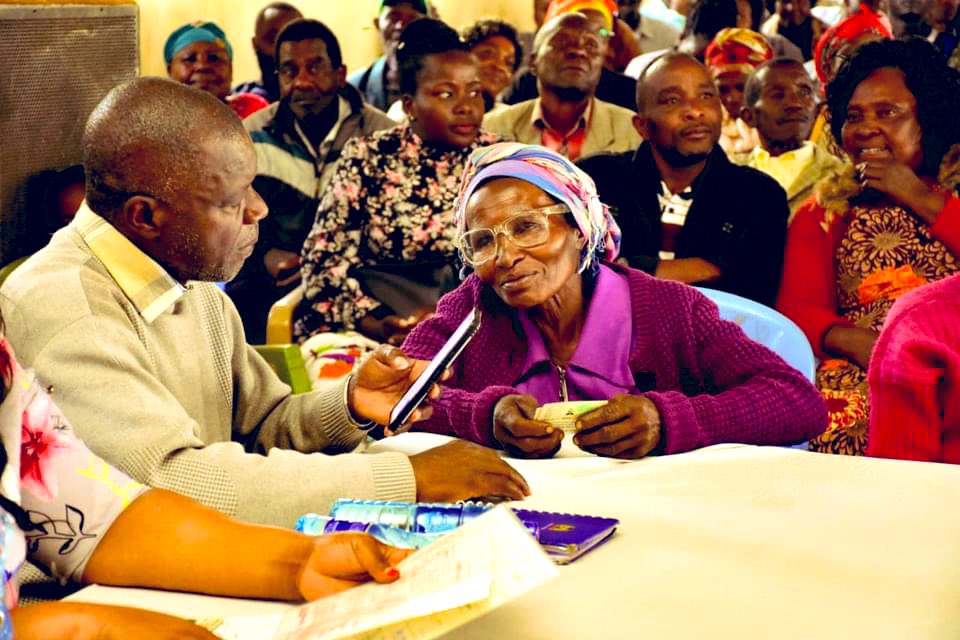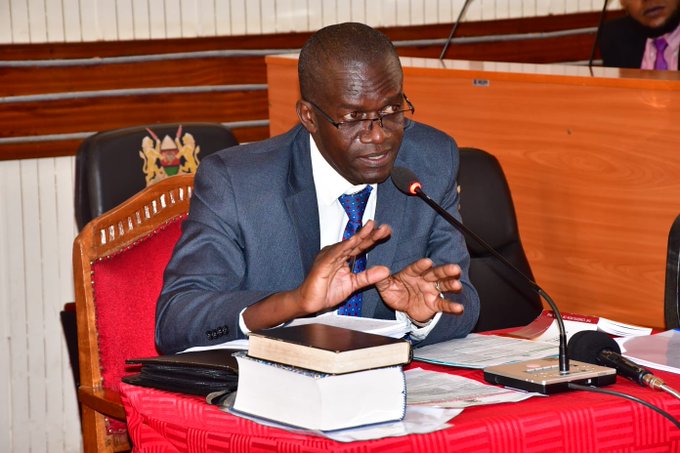By TWV Team
The government has initiated the integration of the Inua Jamii cash transfer programme with the national civil registration database in a decisive move to curb fraudulent payments to deceased beneficiaries. The plan follows damning audit revelations that exposed persistent disbursements to individuals who died years ago, raising serious concerns over public fund mismanagement.
Inua Jamii, a flagship social protection initiative, currently supports 1.76 million vulnerable Kenyans, including older persons, orphans, and persons with severe disabilities. In the financial year ending June, the State allocated KSh47.8 billion to sustain the programme.
Confirming the planned reforms, the State Department for Social Protection announced that the Consolidated Cash Transfer Programme Management Information System (CCTP-MIS) will soon be fully integrated with the Civil Registration Services (CRS) database. “Going forward, the state department has planned to integrate the CCTP-MIS with the CRS database to automatically identify deceased beneficiaries,” a departmental statement read.
This integration will enable the system to flag and remove from the register all deceased recipients of the Older Persons Cash Transfer (OPCT) programme, ensuring that cash transfers only reach living, eligible beneficiaries.
The move comes after Auditor General Nancy Gathungu raised red flags about systemic weaknesses that allowed payments to continue even after the deaths of some beneficiaries. In response, the National Assembly recommended conducting physical headcounts every two months to verify the existence of recipients.
Despite the government’s efforts to claw back funds disbursed erroneously, the State Department admitted that many deceased beneficiaries had yet to be officially removed from the register. This, it explained, was due to ongoing enhancements of the CCTP-MIS payment module aimed at automating the exit process for ineligible households.
Typically, payments are transferred into holding accounts in six contracted banks before being disbursed to beneficiaries. However, officials noted that unutilised funds from previous payment cycles, including those arising from failed credit attempts and clawbacks, sometimes mingle with current disbursements. While failed transactions are usually reloaded in the next cycle, any funds in inactive accounts are ultimately returned to the National Treasury.
Further tightening of the payment system is underway, prompted by cases in which caregivers of disabled persons or vulnerable children returned to claim funds following changes in caregiving arrangements.
With this integration, the government aims to restore integrity to the Inua Jamii programme and safeguard public resources, ensuring that only deserving Kenyans benefit from the country’s flagship social protection scheme.





